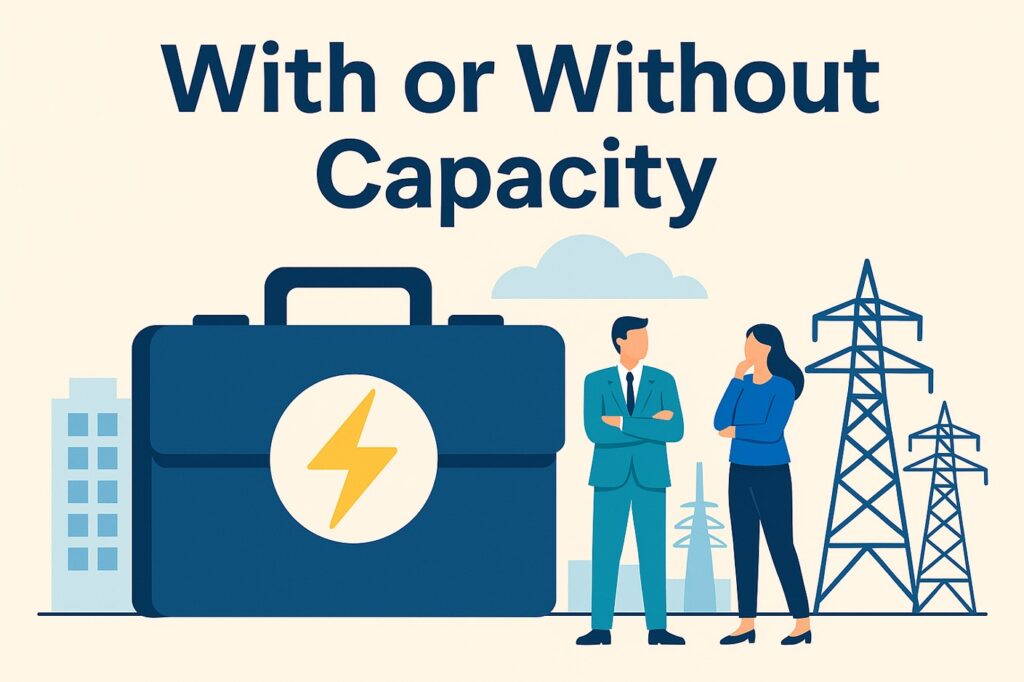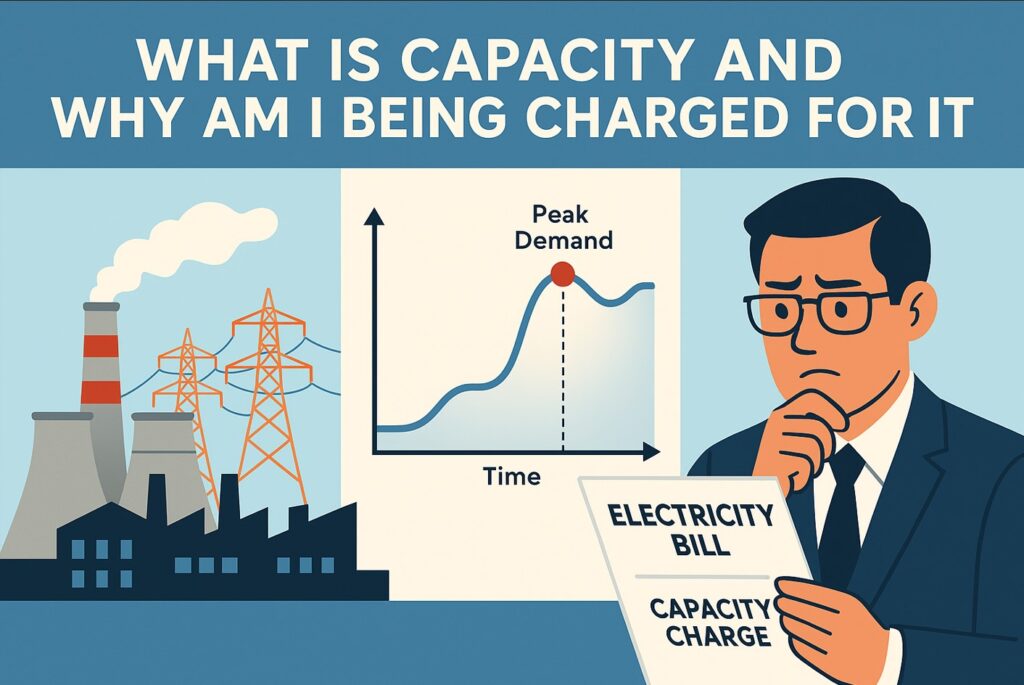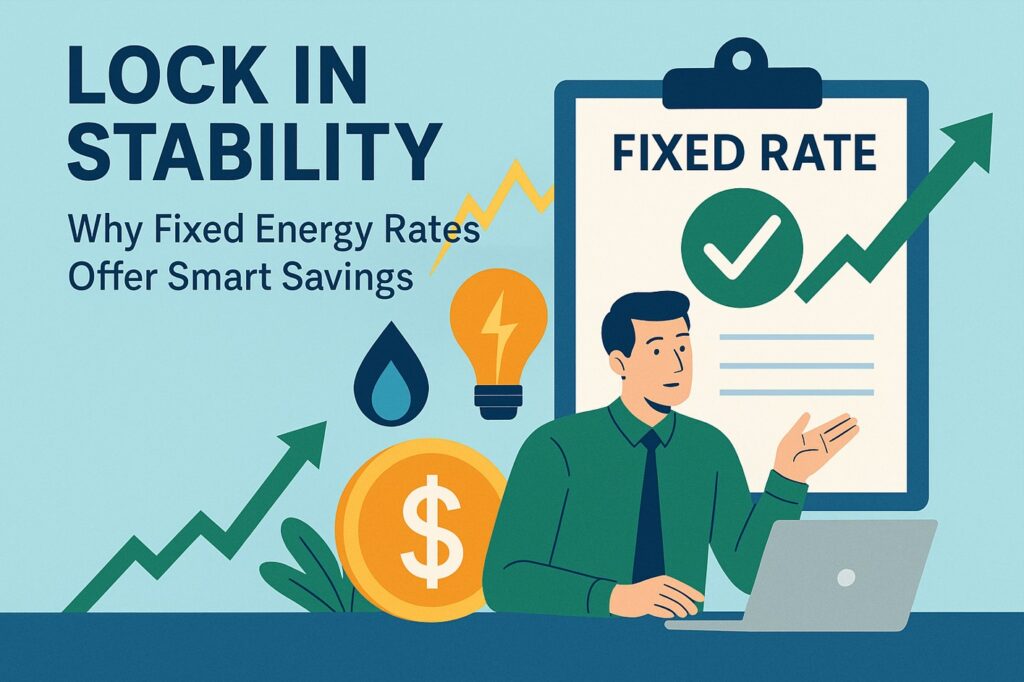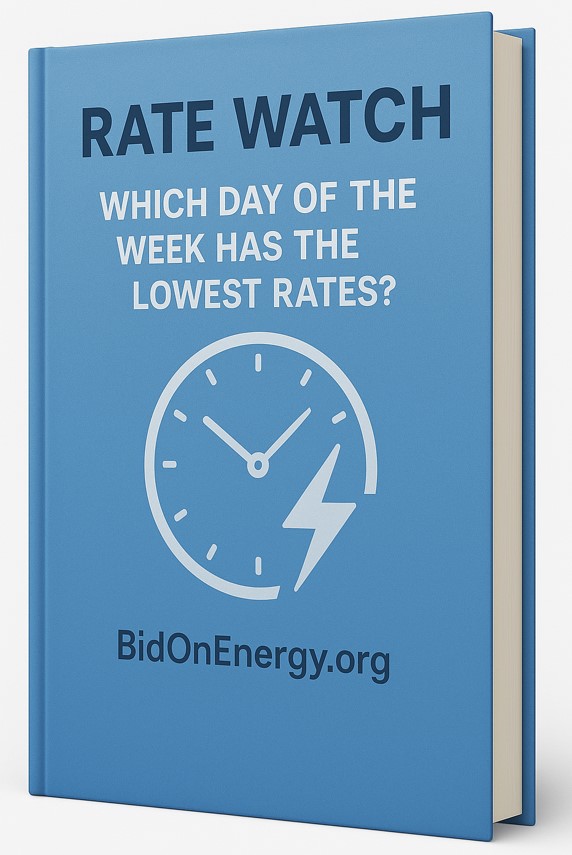Great Time To Buy
Why 2025 Is the Best Time to Lock In Commercial Electricity and Natural Gas Rates A Smart Energy Strategy for Every Business Size As energy costs continue to fluctuate due to global supply and demand shifts, 2025 presents a unique opportunity for businesses small, medium, and large to lock in lower commercial electricity and natural…
Read more










